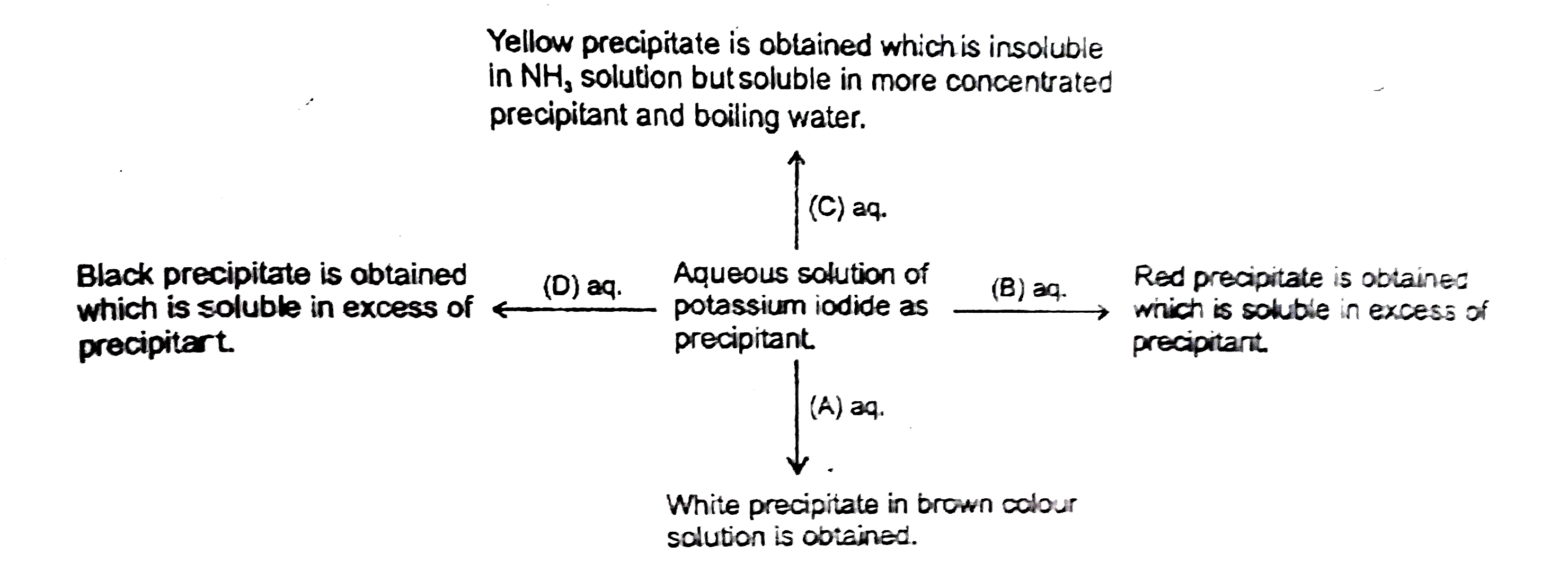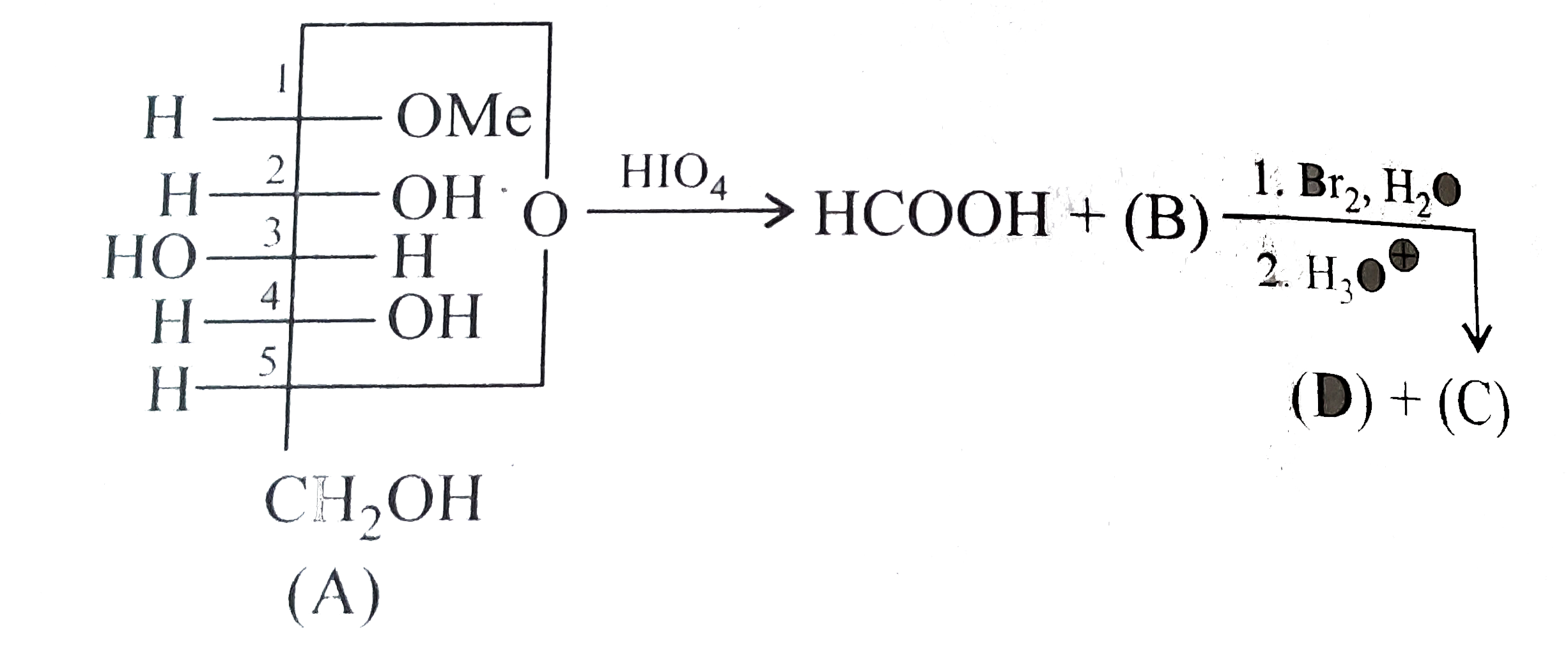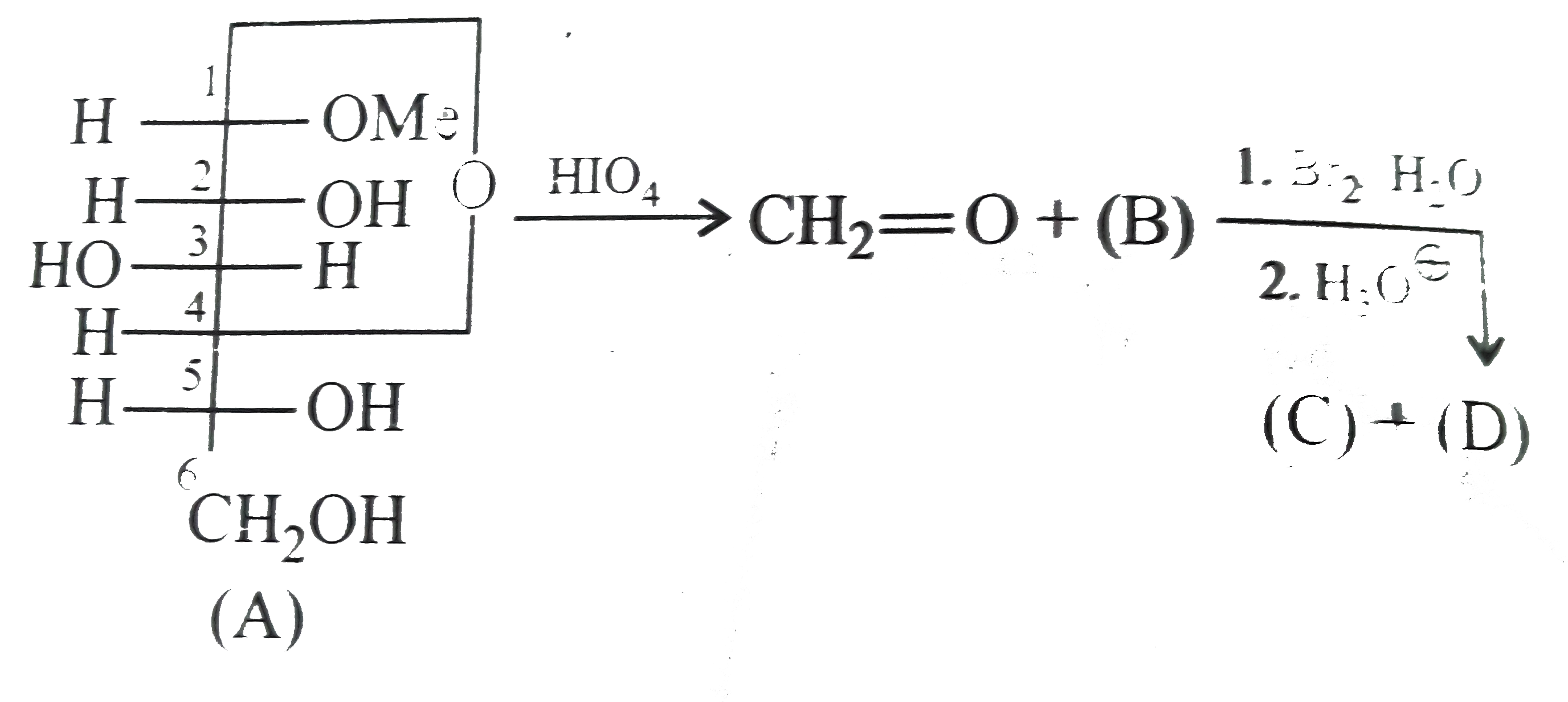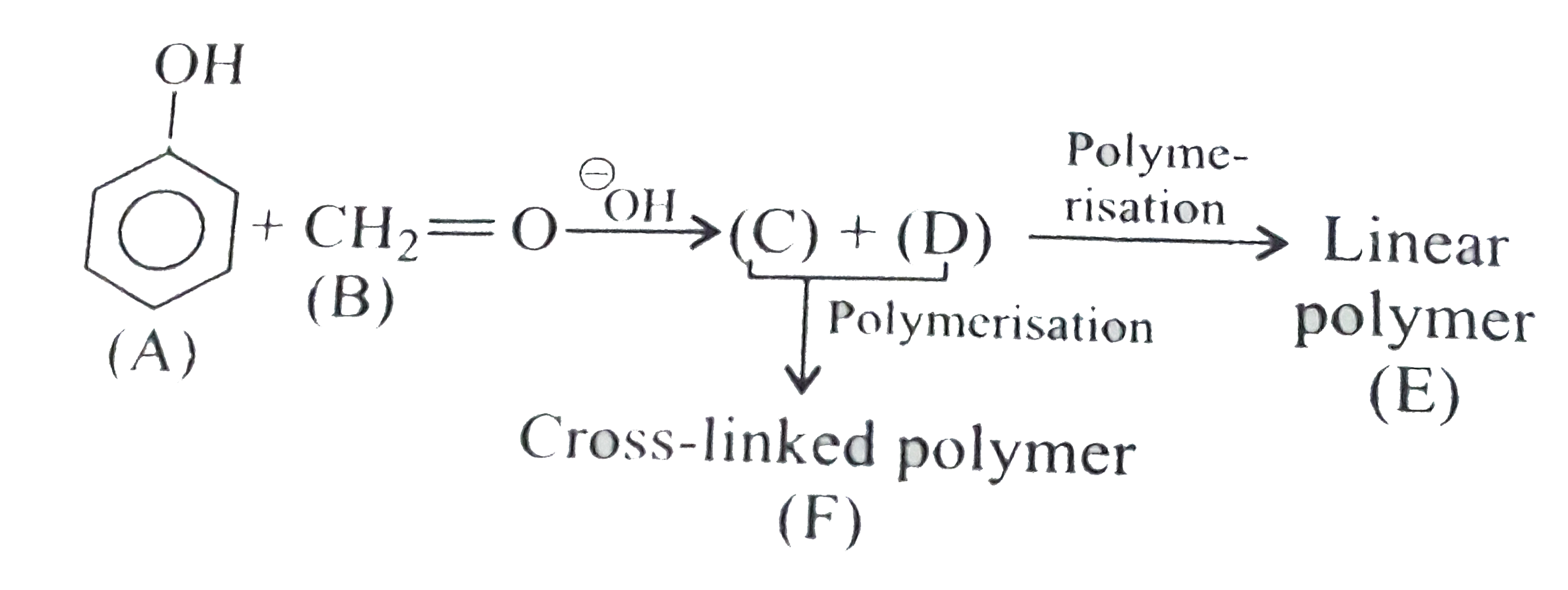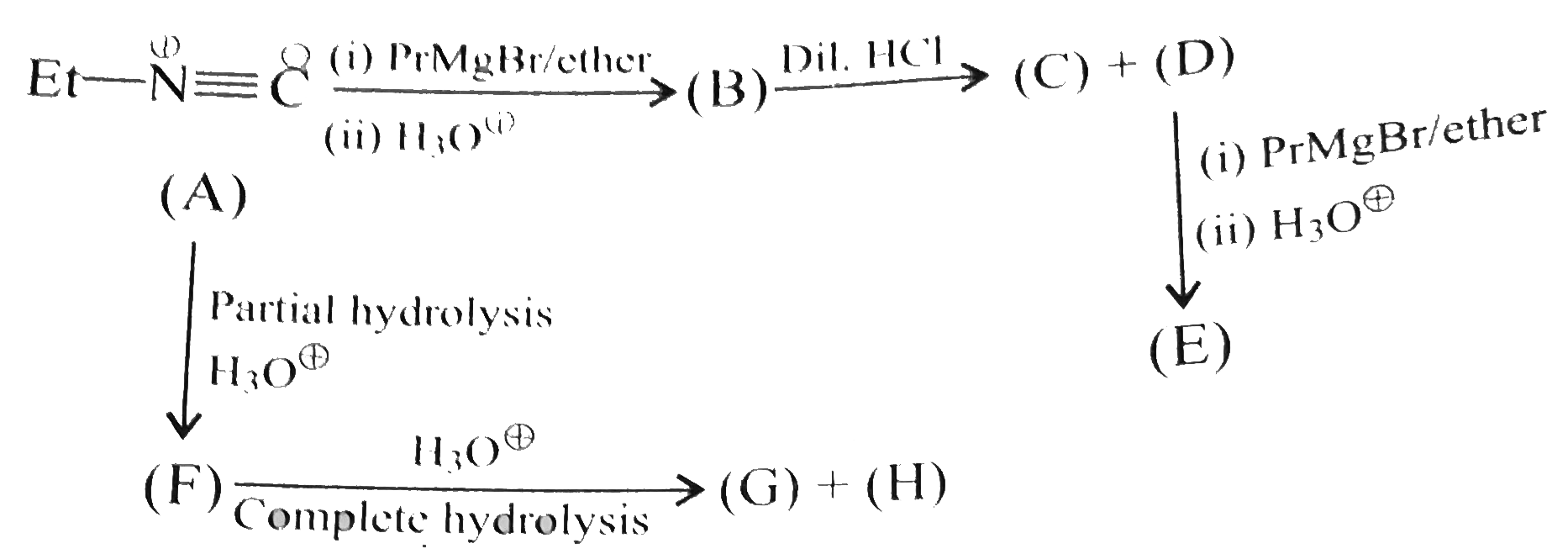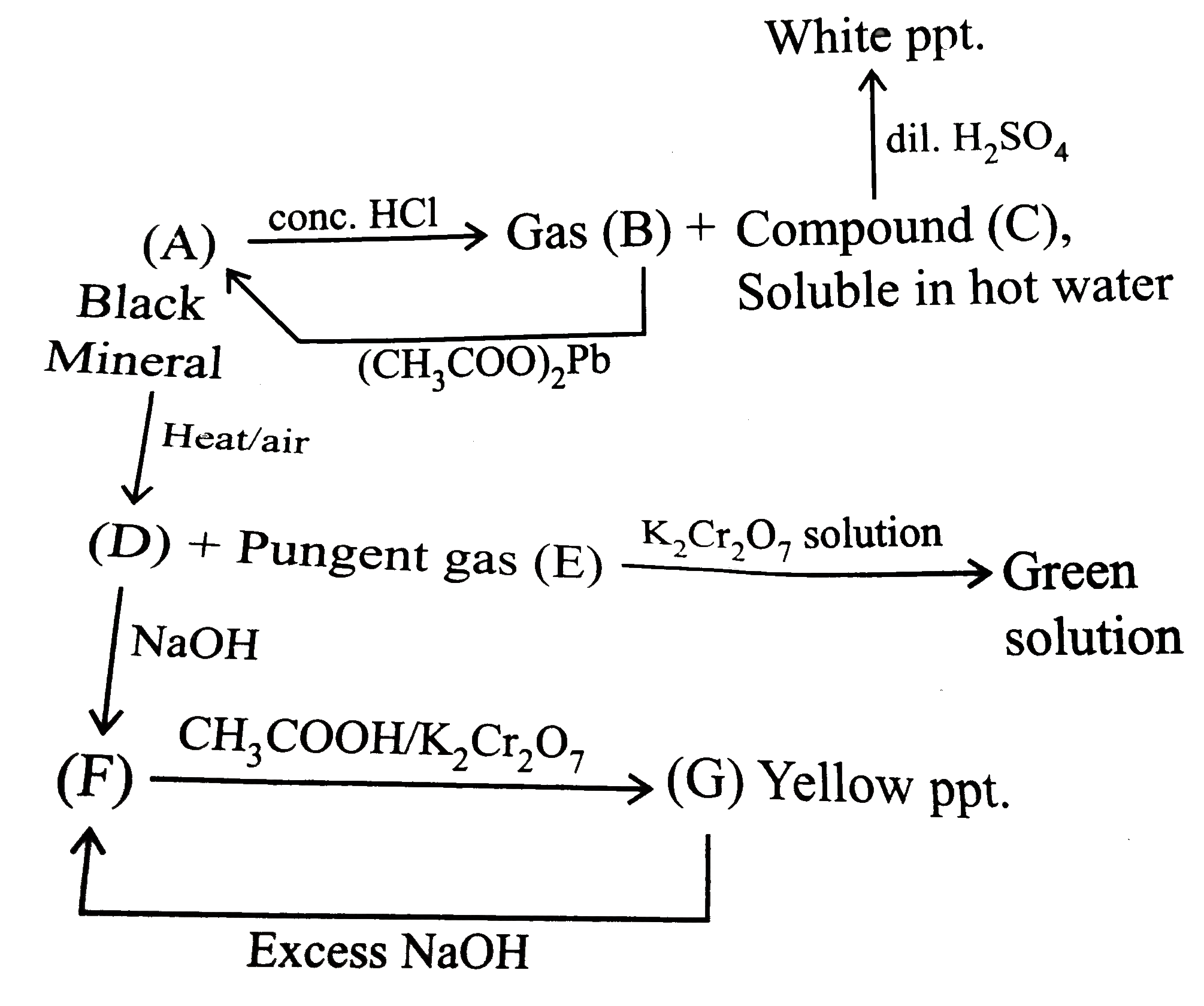 , Compound (C) is:
, Compound (C) is:
A

B
Ph−CH=CH−O∣∣C−CH3
C

D
Ph−O∣∣C−CH=CH−CH3
Video Solution
Text Solution
The correct Answer is:C
(A) Cl−CH2−CH2−CH2O∣∣C−Cl
(B) 
(C) Is obtained by N.G.P.
|
Topper's Solved these Questions
- AROMATIC COMPOUNDSBOOK - MS CHOUHANCHAPTER - AROMATIC COMPOUNDSEXERCISE - Level 1 (Q.31 To Q.60)
1 Videos
- AROMATIC COMPOUNDSBOOK - MS CHOUHANCHAPTER - AROMATIC COMPOUNDSEXERCISE - Level 1 (Q.121 To Q.150)
3 Videos
- AN INTRODUCTION TO ORGANIC REACTIONS AND THEIR MECHANISMS ACIDS AND BASESBOOK - MS CHOUHANCHAPTER - AN INTRODUCTION TO ORGANIC REACTIONS AND THEIR MECHANISMS ACIDS AND BASESEXERCISE - ADDITIONAL QUESTION (SINGLE CORRECT CHOICE TYPE )
32 Videos
- BIOMOLECULESBOOK - MS CHOUHANCHAPTER - BIOMOLECULESEXERCISE - Level 2
1 Videos
Similar Questions
Knowledge Check

Compound (C) in above sequence of reaction is:A B
B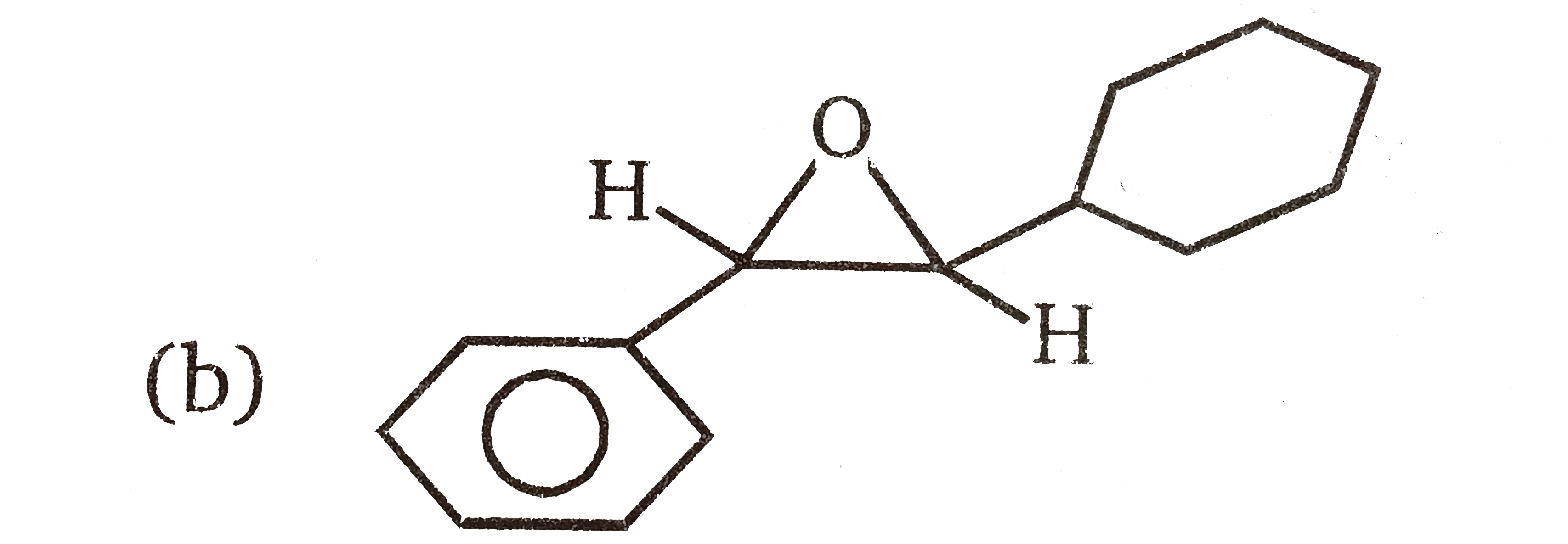 C
C D
D
Reduction of hexose A (molecular formula C6H12O6) with sodium borohydride gives compound B and C. Compound B is optically inactive, whereas compound C is optically active. Which of the following is compound A?
AD - fructoseBD - glucoseCD - mannoseDD - galactose
Compound (C) and (E) are, rescpectively:ABoth meso −2,3− dibromopentaneB(C) is meso and (E) is racemic or (dl)−2,3−dibromopentaneC(E) is meso and (C) is racemic or (dl)−2,3−dibromopentaneDBoth the racemic or (dl)−2,3−dibromopentane

